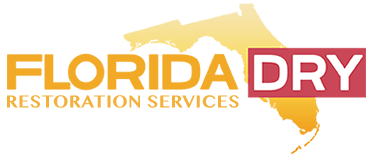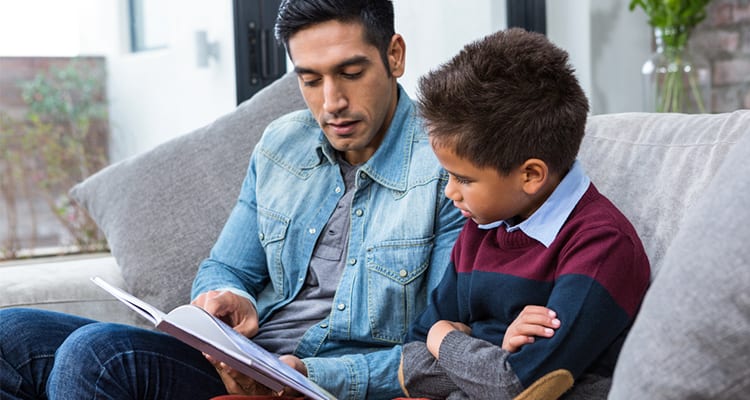Your family is the best team you could ever have.
You would never think anything tragic would happen to you till it actually happens. Florida Dry always wishes for safety and protection upon every family, we’ve also wanted to ensure every family is prepared for the worst. Here is a list of five important things for every family to prepare and plan out when it comes to any disaster or accident in the home.
How to Create an Emergency Plan
1. Know disasters in your area
If you’re already not aware of the common weather conditions or disasters prone to your area or state, do your research so you can plan accordingly. Whether your city is majorly affected by flooding, thunderstorms, hurricanes, tornadoes, wildfires, forest fires, or winter storms, it’s also important to be aware of warning signals. Be sure to know what they sound like and what they mean.
2. Plan evacuation routes
Walk through the entire home and figure out at least two ways to escape from each room. Do this with your family and children so they’re aware of how to as well. It helps to keep a ladder or rope handy if you have a second and third floor. Practice and teach your little ones how to use important tools and how to escape safely.
3. Make a communication plan
It’s critical to teach young children how to dial 911 in an emergency type situation. It also helps to keep a list of emergency contacts of every family member, insurance/medical insurers, and relatives out of state. Not only is it important to know important contact information, but how to contact each other, especially if separated.
4. Keep a family emergency supply kit
Create an emergency supply kit together as a family. Go through each of the items and make sure everyone knows where the kit will be stored. Here’s what to pack in a basic supply kit:
Water (One gallon per person)
Non-perishable food (At least a three-day supply)
Radio
Flashlight (Pack extra batteries)
First Aid Kit
Whistle or flares (Signals for help)
Dust mask (For contaminated air)
Plastic sheeting and duct tape
Moist towelettes
Garbage bags and plastic ties
Wrench or pliers
Local maps
Cell phones with working chargers
Additional items to consider:
Medications, prescriptions
Sleeping bags, blankets
Change of clothes
Paper goods (plates, paper cups, plastic utensils, paper towels)
Books, games, puzzles
Extra cash
Important documents
Pet essentials (if needed)
5. Have a designated meeting places
Plan two meeting places to meet as a family; one near the home and one outside of the neighborhood. It’s important that each family member doesn’t get lost and be sure the little ones know the location of these areas. Coordinate with neighbors if needed.

